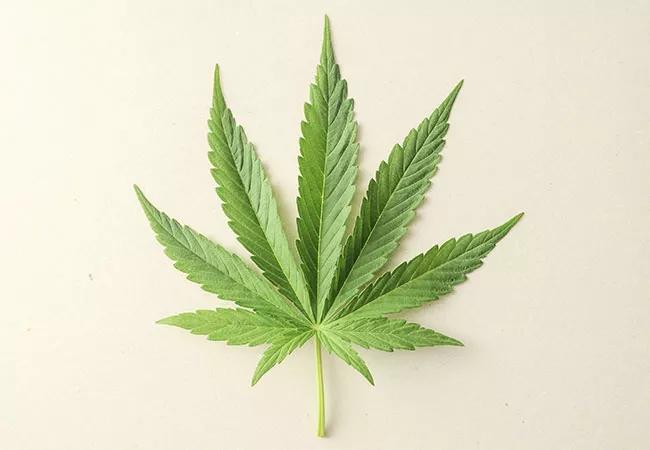A gastroenterologist explains the connection

“How often do I smoke it? Three times a day. Weed’s the only thing that helps my nausea,” the 24-year-old man who’s excessively vomiting tells his gastroenterologist.
Advertisement
Cleveland Clinic is a non-profit academic medical center. Advertising on our site helps support our mission. We do not endorse non-Cleveland Clinic products or services. Policy
The specialist orders a SmartPill® test to examine his GI tract. It’s normal.
The problem? It’s not a rare stomach-emptying disorder, like gastroparesis. It’s the marijuana.
Gastroenterologist Michael Cline, DO, explains that the problem’s called cannabinoid hyperemesis syndrome.
What is it? It’s repeated cycles of nausea and vomiting, often accompanied by so-called “hot water bathing,” or a compulsive need to take hot showers. That’s because the hot showers — which sometimes last for hours — are the only thing that relieves their GI symptoms, though exactly why this happens isn’t entirely understood (but it’s thought to have something to do with the hot temperature’s effect on the part of the brain called the hypothalamus).
Weight loss, abdominal pain and dehydration may also occur. This syndrome, first officially classified in 2004, is on the rise, says Dr. Cline, who now sees multiple patients a day with the marijuana-induced vomiting.
“We know that marijuana works in the brain to stop nausea and increase hunger,” Dr. Cline says. “But it can also be toxic and cause cannabinoid hyperemesis syndrome. We believe, though we don’t yet have research to support it, that marijuana actually slows gastric emptying, causing the GI problems.”
Advertisement
When your stomach can’t empty normally, food simply sits there. When it sits there too long, Dr. Cline says, it tends to come back up through vomiting.
Medical or recreational use? The result is the same.
“The real question is, ‘You have an underlying problem and you’re using marijuana to help it, but could it really be hurting you?’ That’s a big question. And there’s no way currently to test for what range is therapeutic and what’s toxic,” Dr. Cline says.
Symptoms of cannabinoid hyperemesis syndrome typically ease in no more than 48 hours, if no additional marijuana is used.
But a brief hospital stay might be needed to get IV fluids to treat dehydration. And if someone has a difficult time stopping marijuana use, a drug treatment program may be needed.
Dr. Cline says more awareness of the connection between marijuana use and vomiting is needed — both in the public and the medical community.
“Doctors need to ask about marijuana use to avoid expensive testing and more promptly get to the root of a patient’s vomiting problem,” he says. “And patients need to be honest with their doctors about marijuana use, so they can get the relief they need.”
Advertisement
Learn more about our editorial process.
Advertisement

Legality, toxicity and effectiveness are all ongoing concerns

Synthetic isn’t always safer

An expert gives the latest updates about ongoing research

The short answer from a pulmonologist

No real data supporting self-medicating with cannabis

Pot may seem harmless, but it’s not to your baby

Start slowly with clear fluids, and then move to bland, easy-to-digest foods

Type 2 diabetes isn’t inevitable with these dietary changes

Applying a hot or cold compress can help with pain